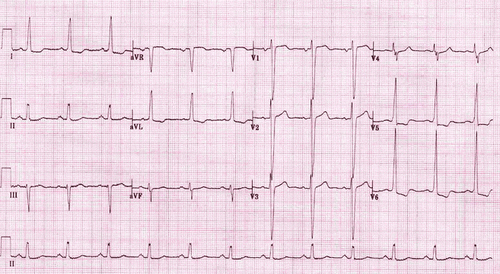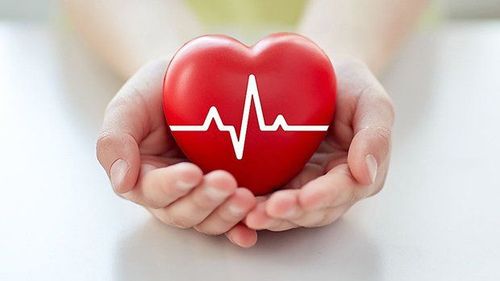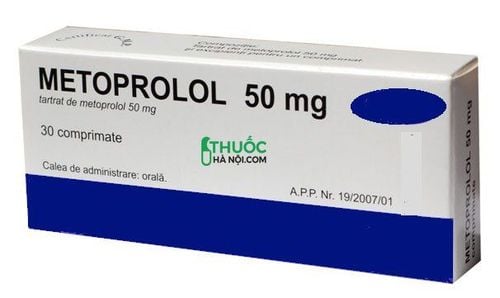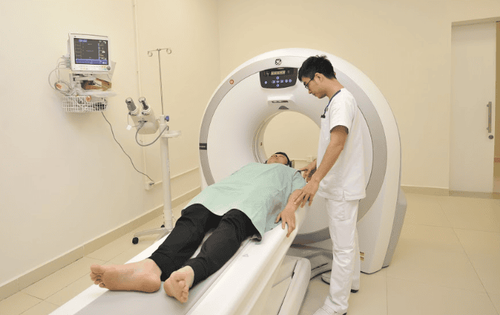This is an automatically translated article.
In addition to helping to stabilize the heart rate, Adenosine is also used to detect local abnormalities in contractility caused by coronary artery disease, improving the flow of blood transported to the heart in laboratory tests. heart strain.
1. What does Adenosine do?
Adenosine is a nucleoside, used to treat arrhythmias. The drug's mechanism of action is to slow the electrical impulses in the heart, thereby slowing down or normalizing the heartbeat. In addition, the drug also works to improve the blood flow transported to the heart in stress tests, so it is used in cardiac stress tests.
In addition to the above main effect, Adenosine is also used to support myocardial perfusion scintigraphy to detect local abnormalities in contractility caused by coronary artery disease. In addition, the doctor may also prescribe this drug depending on the condition of the disease.
Adenosine is prepared with the following strengths:
Intravenous: 6 mg/2 ml vials and 12 mg/4 ml vials. Intravenous infusion: vial of 30 mg/ml.
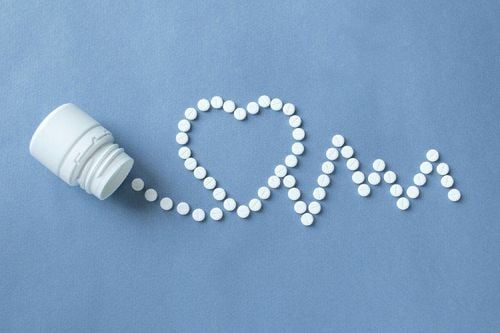
Adenosine chống loạn nhịp tim
2. How should Adenosine be taken?
2.1 Adenosine Dosage for Adults
For the treatment of tachycardia or for supraventricular electrocardiography in adult patients, Adenosine is administered as follows:
Initial dose: Rapid intravenous injection (1 - 2 seconds) ) 3 mg into a central peripheral vein, followed by another 6 mg injection after 1-2 minutes if necessary. While the cardiovascular injection is controlled in parallel. Second dose: If the initial dose is not effective, after 1-2 minutes, give another 12 mg injection. For myocardial imaging, Adenosine is administered as follows:
Injection and infusion over 6 minutes at a dose of 140 mcg/kg/min. After 3 minutes of infusion, radioactive nuclides are injected.
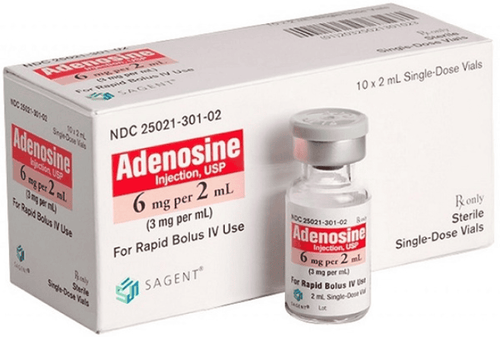
Thuốc Adenosine
2.2 Pediatric dose of Adenosine
For the treatment of tachycardia or for supraventricular electrocardiography in pediatric patients, Adenosine is used as follows:
Initial dose: 50-100 mcg/kg IV. Second dose: If the initial dose is not effective, after 1-2 minutes, 50-100 mcg/kg can be continued until the arrhythmia is controlled. The maximum dose is 300 mcg/kg. Note that when using Adenosine, adults or children must have the supervision of a doctor and the equipment for cardiac and respiratory resuscitation is equipped.
3. Does taking Adenosine cause side effects?
Adenosine can cause some of the following common side effects:
Headache, dizziness, lightheadedness Shortness of breath, nausea, flushing, flushing Some other rare serious side effects, if they occur the patient needs immediate medical attention:
Severe allergic reactions such as itching, hives, rash, difficulty breathing, chest pain, sore throat, swelling of the face, mouth Heart rhythm disturbances, fainting Temporary memory loss , epileptic seizures, unilateral paralysis Headache, dizziness, blurred vision, language disorders Jaw pain, throat pain, difficulty breathing

Tác dụng phụ của thuốc gây đau đầu
4. Who should pay attention when using Adenosine?
Adenosine is contraindicated in the following patients:
Having sinus node syndrome but not using an artificial pacemaker. Have a second- or third-degree arrhythmia but do not use an artificial pacemaker. Have asthma or bronchial asthma. Hypersensitivity or allergy to any ingredient of Adenosine . Adenosine is an antiarrhythmic drug that can be used in adults and children. However, the drug is administered under the supervision of a physician with cardiac and respiratory resuscitation equipment.
Cardiovascular disease is often silent but causes severe consequences. Cardiovascular screening helps to detect and treat promptly before it is too late. Vinmec International General Hospital now has a Cardiovascular Screening Package - Cardiovascular Basic Examination, which helps detect cardiovascular diseases even when there are no symptoms, from which to have early treatment methods to bring optimal results. superior.
To register for cardiovascular screening at Vinmec, you can contact Vinmec Health System nationwide or register online HERE.




